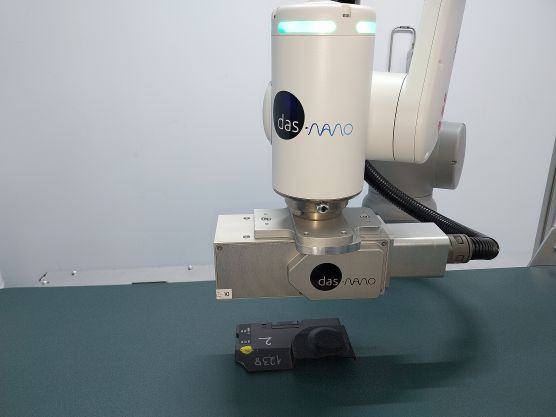The GEI-SAT Precursor satellite launched by Satlantis a month ago, continues its mission successfully

Satlantis, the Basque company based at the Leioa Campus of the Euskadi Technology Park, launched the GEI-SAT Precursor satellite into space on 12 June from Space Launch Complex 4E (SLC-4E) at Vandenberg Space Force Base in California with the Transporter-8 aboard a SpaceX Falcon 9 rocket, a shared flight of small satellites into a sun-synchronous orbit.
The GHG-SAT precursor mission represents a comprehensive solution for methane emissions detection, point source identification and quantification. It will be followed by a constellation of satellites dedicated to measuring CH 4 and other greenhouse gas emissions.
After just over a month in orbit, the mission is successfully continuing.
The satellite is currently in the LEOP phase, undergoing validation and fine-tuning of all platform subsystems. The most critical phases were successfully completed during the first days of the mission, such as the release of the solar panels and antennas, and the tracking of the Sun. GEISAT Precursor is in good health and the team is currently fine-tuning its ADCS (starracker alignment).
The next steps are high-speed X-band downlink measurements, as this satellite has a radio almost four times faster than the previous satellite, and instrument calibration. In the first month of the mission, very interesting progress has been made, according to company sources.




